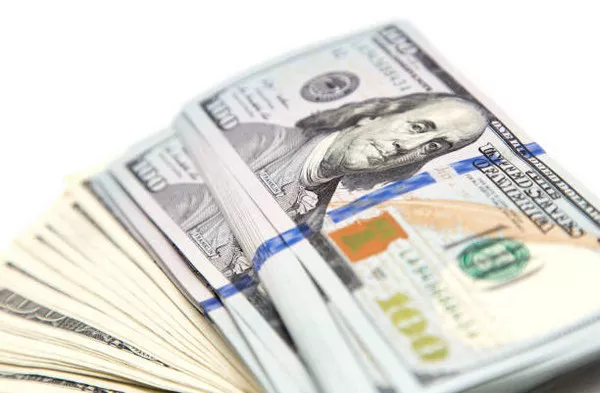The peg between the Hong Kong dollar (HKD) and the US dollar (USD) represents one of the most notable examples of currency pegging in modern finance. Established in 1983, this monetary policy decision has had profound implications for Hong Kong’s economy and its role in the global financial system. This article delves into the mechanisms of the peg, its historical background, economic impacts, and the broader implications for Hong Kong’s financial stability.
Historical Context of the HKD-USD Peg
Origins and Establishment
The HKD-USD peg was introduced in 1983, amidst a period of significant economic uncertainty and instability in Hong Kong. The backdrop included concerns over the future of Hong Kong’s economic stability given the impending 1997 handover of the territory from British to Chinese sovereignty. To combat high inflation and stabilize the currency, the Hong Kong government decided to peg the HKD to the USD.
Initial Reactions and Adjustments
Initially, the peg was set at a rate of 7.80 HKD per 1 USD. This decision was met with mixed reactions from financial markets and economists. However, the peg quickly became a cornerstone of Hong Kong’s economic policy, providing a stable environment for business and investment.
Mechanisms of the Peg
Currency Board System
The cornerstone of the HKD-USD peg is the currency board system. Under this arrangement, the Hong Kong Monetary Authority (HKMA) is responsible for maintaining the peg. The currency board system requires the HKMA to hold sufficient USD reserves to cover the HKD in circulation, thereby ensuring that the HKD can be exchanged for USD at a fixed rate.
Operations and Adjustments
The HKMA employs several tools to maintain the peg. This includes conducting foreign exchange operations to ensure that the supply of HKD matches the demand. When market forces push the HKD away from the peg rate, the HKMA intervenes by buying or selling USD to restore the rate. Additionally, the HKMA sets interest rates to align with those in the US, which helps to stabilize capital flows and maintain the peg.
Economic Impacts of the Peg
Inflation and Interest Rates
The peg has had a significant impact on Hong Kong’s inflation and interest rate environment. By linking the HKD to the USD, Hong Kong imports US monetary policy, including interest rates. This has led to a relatively stable inflation rate, but it also means that Hong Kong’s monetary policy is constrained by US economic conditions.
Trade and Investment
The peg has contributed to a stable and predictable business environment, which is attractive to international investors. This stability has bolstered Hong Kong’s position as a global financial hub. Additionally, the peg has facilitated trade by minimizing exchange rate risks for businesses engaged in international transactions.
Financial Stability
The peg has played a crucial role in maintaining financial stability in Hong Kong. By anchoring the HKD to a major global currency, the peg helps to manage investor expectations and reduces the risk of currency crises. However, it also means that Hong Kong is vulnerable to external shocks that impact the USD.
Challenges and Criticisms
Economic Divergence
One of the main criticisms of the peg is that it limits Hong Kong’s ability to conduct independent monetary policy. When economic conditions in Hong Kong diverge from those in the US, the peg can exacerbate economic imbalances. For instance, during periods of economic overheating or recession, the inability to adjust interest rates independently can be a disadvantage.
Speculative Attacks
Although the peg has proven resilient, it is not immune to speculative attacks. During times of financial turbulence, speculators may target the HKD, betting against its ability to maintain the peg. The HKMA’s substantial reserves and intervention strategies have generally mitigated these risks, but the potential for such attacks remains a concern.
The Future of the HKD-USD Peg
Prospects and Reforms
Looking ahead, there is ongoing debate about the future of the peg. Some argue for a more flexible exchange rate system that could better accommodate Hong Kong’s economic conditions. Others believe that the peg remains the ultimate safeguard against financial instability, given its success over the decades.
Potential Alternatives
Various alternatives to the current peg have been proposed, including a shift to a managed float or a new currency peg to a basket of currencies. Each alternative comes with its own set of benefits and risks, and any transition would require careful consideration and planning to avoid disrupting the economy.
See Also: How Much USD is Printed Each Year?
Conclusion
The peg of the Hong Kong dollar to the US dollar is a critical feature of Hong Kong’s economic landscape. Through a combination of historical context, robust mechanisms, and economic impacts, the peg has provided stability and fostered growth in Hong Kong. While it faces challenges and criticisms, it remains a key element in the city’s financial stability. As global economic conditions evolve, the future of the HKD-USD peg will continue to be an important topic of discussion for policymakers and economists alike.


